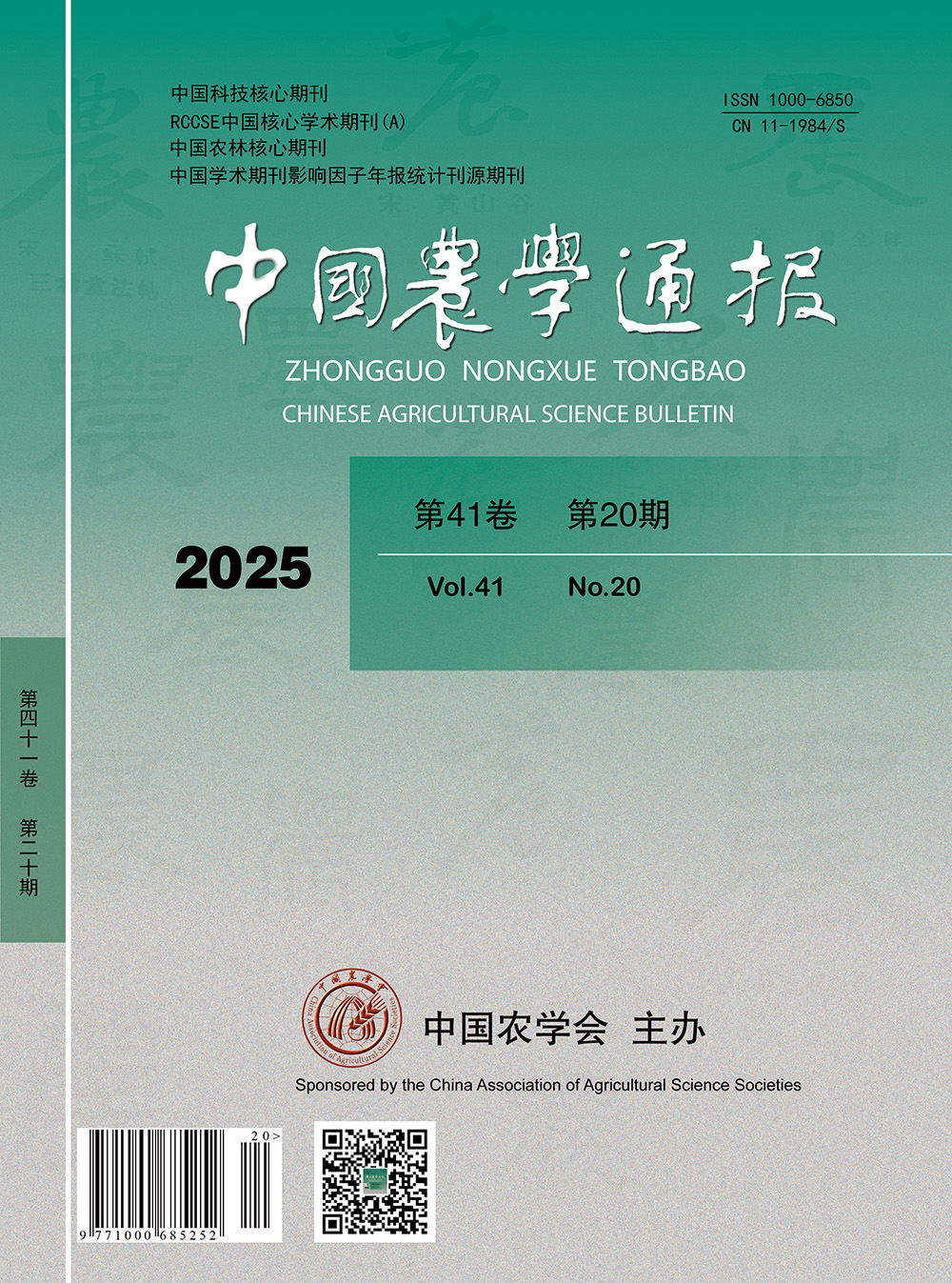SONGJiming, DUANChunfang, LIYuexian, XIAOMingkun, LIUQian, ZHANGLinhui, YANWei, LIUGuanghua
This study aimed to develop a new cassava cultivar with high and stable yield, high starch content, resistance to carmine spider mites, and wide adaptability. Using the compact and high-yielding cassava cultivar 'South China 11' ('SC11') as the female parent and the high-starch, carmine spider mite-resistant cultivar 'Guire 891' ('GR891') as the male parent, a systematic breeding procedure was implemented to develop the new elite cassava cultivar 'Yunreshu No.1'. In regional and production trials, its fresh root yields reached 42.42 t/ha and 40.44 t/ha, representing yield increases of 14.09% and 16.41%, respectively, compared with the main Chinese cultivar 'South China 205' ('SC205'). The starch content of fresh roots was 26.11% (specific gravity method) and 36.02% (acid hydrolysis method), both higher than the control 'SC205'. The average mite damage indices were 23.72% and 26.01%, respectively, demonstrating mite resistance. This variety was officially certified by the National Tropical Crops Variety Approval Committee on December 25, 2023 (Approval No.: Repinshen 2023004). 'Yunreshu No.1' is a new cassava cultivar characterized by high and stable yield, high starch content, and resistance to carmine spider mites. It exhibits strong market competitiveness in major cassava-growing regions such as Yunnan, Hainan, Jiangxi, and Guangxi, and holds significant potential for enhancing cassava production, farmer income, and industrial efficiency.
